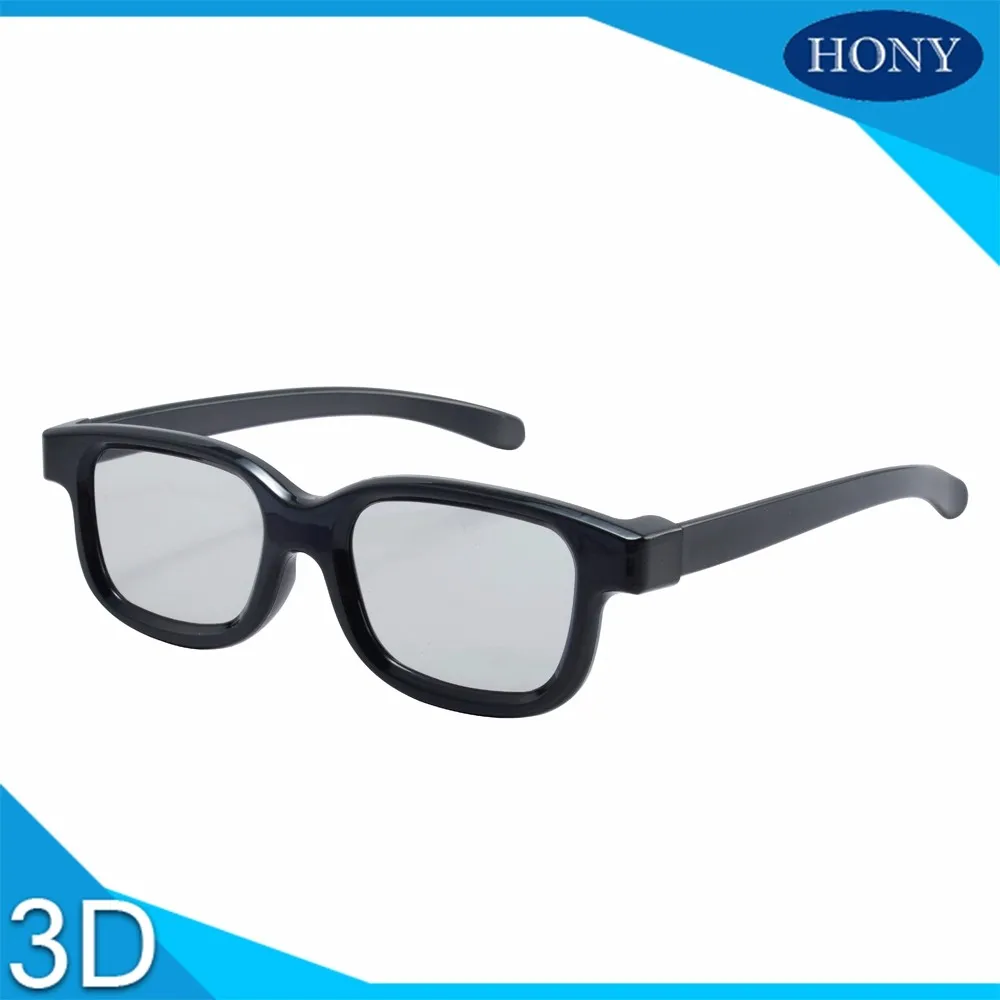Table of Content
However, this makes the glasses cheaper, which is a more suitable business model for movie theaters. Typically they use RealD 3D glasses , which are marketed as cinema level technology. If you love watching 3D movies at the cinema, you can do the same at home with polarized glasses.
You’ll also learn how to use 3D TV and home cinema systems and make the most of your 3D experience. If you’re switching between the 2, then pay attention to your settings. A lower depth intensity might allow you to get the most out of a game or film, although it might be a bit tedious to change it every time. Active 3D glasses produce a better quality image but have been known to result in flickering, which can be distracting. However, passive glasses produce a lower quality image, which can seem a bit dull at times. When it comes to whether you should use movie theater 3D glasses at home, well I guess this would depend on your budget.
How to Choose the Best Headphones For Movies
While active 3D technology is the most common type, movie theater glasses will work in your home if you have a passive system. You can use 3D glasses from a movie theater at home, assuming they work with the type of 3D technology you are using for your home and TV. For instance, if you buy a 3D projector and active shutter glasses for it, the 3D glasses from the movie theater may or may not work. Overall, they were brighter with more saturated colors and crisper detail.

Knowing more about the technology — plus, where to buy it — will help you choose the right 3D viewing glasses for you. You can even get glasses with polarized lenses that do not cost more than $19. If your glasses are too big for your eyes, you cannot see the whole image. These shutters can speedily alternate the image between the eyes.
BOGO Vivitar Active High-Definition 3D glasses for Samsung 3D televisions
You might want to watch your 3D in a dark room to get that true movie theater experience, but this can often be a bad idea. 3D TVs generally project brighter images to make up for the fact that your passive glasses are tinted. As a result, your eyes will get tired quicker and you’re more likely to experience headaches.
As with other home theater technologies, active refers to the fact that they have a power source. In this case, the power source is a battery contained in the glasses. The real deciding factor is the type of TV or monitor you own. It might surprise you that it’s that simple, but it is.
How to Use Cinema 3D Glasses at Home
Passive 3D technology is much more readily available and is generally cheaper. 3D glasses never need be too expensive because they’re simply plastic frames with lenses in them. You’d need to have an LCD or LED TV for the RealD 3D glasses to work at home.
Fortunately, this is not too difficult to do, depending on the type of glasses you wear. You should pay a look at your TV display settings because it matters a lot as there is a need to fix it at times. At times there will be optimized, much less optimized for your exact configuration. Similarly, you may have been happy with your settings until you took a look at them and realized that they could be a lot better. Besides, passive 3D glasses allow more people to watch from the same viewing device. You can view movies in 3D on television or a monitor if your gadgets are compatible with each other.
Now center polarization technology is replacing the previous ones. If we talk about passive 3D technology, it does not require any type of external power supply. Do you remember the green and blue glasses used for 3D movies in the previous era? The new black 3D glasses used today are also passive ones. These are usually cheaper and are available in the market easily; that’s why mostly cinemas use these. If you want to use the 3d glasses in your home theater, you only need a monitor or television that can endorse the passive 3D technology.

It means the same as any other passive home theater technology; that is, they don’t need any external power to operate. Have you ever sat in a movie theater wondering if you can use your home theater 3D glasses? Many people have asked me this question, so I decided to dig a little deeper into the topic. We cover everything from home theater guides, projectors, receivers, amplifiers, soundbars, speakers, subwoofers, and television. The benefit of this technology is the viewers can even lean their heads while watching the movie without facing double images. With time, technology is improving even further than shutter glasses.
Ultimately, this means that the projectors and TVs that produce active 3D images are actually much cheaper, and so are more accessible to a home market. If you have an active 3D system, then movie theater glasses won’t work. Cinema 3D glasses are special glasses used in viewing movies.

They alternate between each eye at a very rapid speed, which again tricks your brain into thinking that the image is 3D. Also, this allows you to see a full 1080 image, rather than only half. Presumably you’re already aware of what kind of 3D technology your system uses because you probably already own glasses for it. However, if you’re unsure, then it won’t take long to find out. But for the time being, your best bet is to pick up a pair of 3D glasses and head to the theater. To make polarized glasses, you’ll need to start with polarized plastic and an old set of frames.
By using this Active shutter technology eye can see up to sixty frames in a second. You always want to watch the movie in the darkroom just to get the exact feeling of an actual cinema. Eventually, the image produced by the projectors and TVs is cheaper. You can also use your soundbar as a Bluetooth speaker. In passive three-dimensional products, a large number of audiences can watch while using the same viewing device.
The reference point in the room will expand or contract according to the situation. Typically, these glasses are used to filtrate the image so that everyone can see half of the image. If you can buy the costly one, then go for passive for a better image, but if you don’t have enough amount, then you can choose the other. Active 3D glasses are most common; these are widely used. But they cannot work with every type of monitor and TV. They can polarize the picture in such a way as some fragments of the picture are visible from the left side of the eye and other from the right side of the eye.
No comments:
Post a Comment